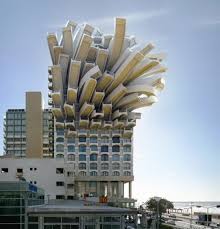Raffaello Sanzio de Urbino
Artist / Architect
Born: 6 April 1483
Died: 6 April 1520
Birthplace: Urbino, Duchy of Urbino (Italy)
Best known as: High Renaissance painter of The School of Athens
Raphael, like Michelangelo and Leonardo da Vinci, is one of the most famous artists of Italy's High Renaissance and one of the greatest influences in the history of Western art. Immensely talented, he first studied with his father and then as an assistant to the great master Pietro Vannucci, known as Perugino. Raphael (also known as Raffaello Sanzio) worked in Florence (1504) and earned a reputation as a productive and much-admired painter before going to Rome sometime after 1508. In Rome he was commissioned by Pope Julius II to create the large-scale fresco The School of Athens, as well as other decorative work at the Vatican. Raphael also took over as architect of St. Peter's after the death of Donato Bramante (1514), contributed ten tapestries to the Sistine Chapel and painted some of the most prized and reproduced holy pictures of the era, including The Sistine Madonna and Transfiguration. His work is often cited for its harmony and balance of composition, and his early death (on his 37th birthday) is considered by many experts to be one of the great tragedies of art history.
Christopher Wren (1632 - 1723)
Christopher Wren by Sir Godfrey Kneller ©
Be sure to click the picture below.
Using Balance To Create Interesting Structures
Essentially there are two types of balance: symmetrical and asymmetrical. In architecture, symmetrical balance refers to buildings that have equal elements and features on both sides of a central point. An equal number of doors, windows, roof gables, shutters, and so on is found in each section. The mass or weight of each section would be the same as well.
Asymmetrical balance refers to architecture that has an unequal balance. There is an uneven number of elements on each side of the imaginary line. One half of the building is very different than the other half.
Assignment
As you walk down the street, notice which buildings demonstrate symmetrical balance and which demonstrate asymmetrical balance. What building elements help you decide? How does the balance used suit each building's purpose?
China and Japan







